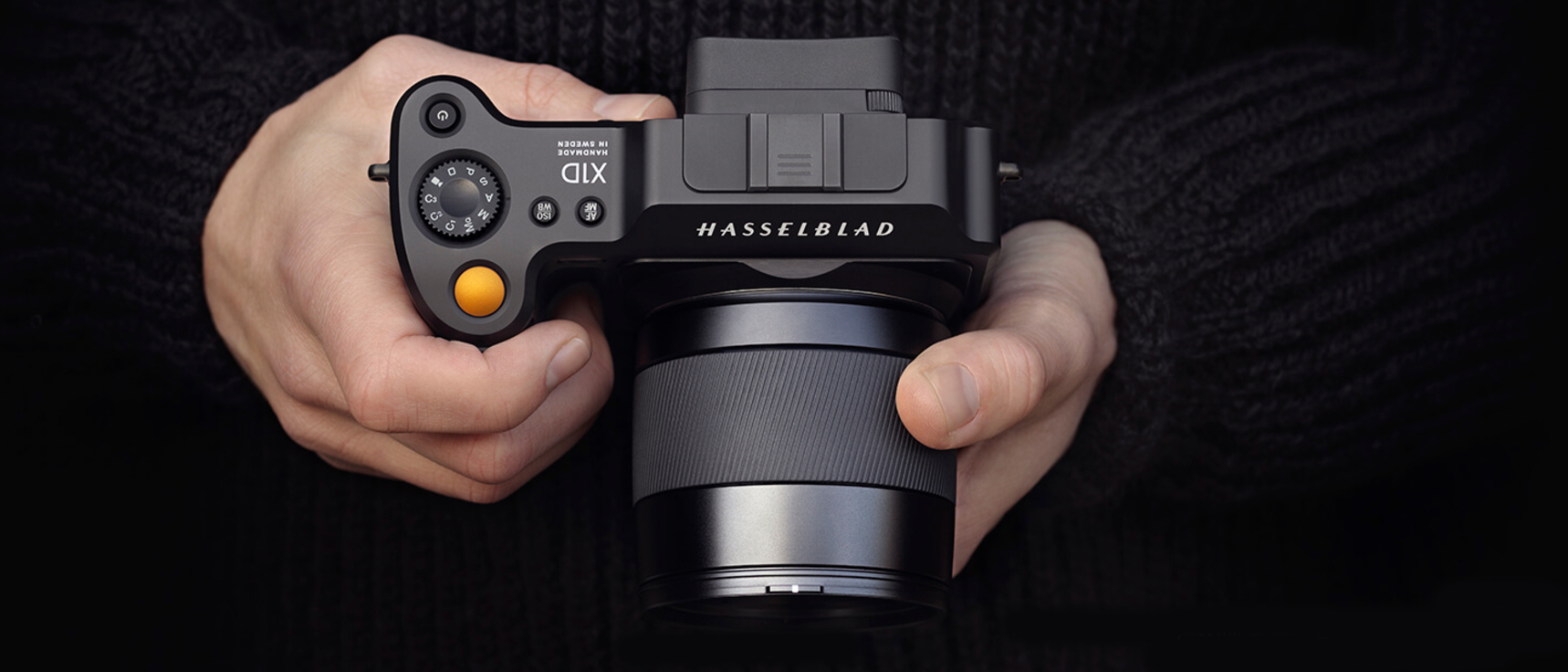TechRadar Verdict
The X1D demands a little more care and time than the average camera, but it's worth it, as you'll be rewarded with spectacular images.
Pros
- +
Stunning image quality
- +
Beautiful finish
- +
Very compact
- +
Streamlined handling
- +
Excellent (if limited) lenses
Cons
- -
Moderately low-res display
- -
Some handling quirks
- -
Slow start-up time
Why you can trust TechRadar
Hasselblad is best known for its professional medium-format camera systems – and the professional price tags that go with them – but the X1D is a new and radical step into a very different market.
Its minimalist mirrorless design means it’s a fraction of the size of a regular medium-format camera, and scarcely larger than a 35mm full-frame DSLR, and while it’s still a long way from cheap, its price does put it within the reach of many more professionals and well-heeled amateur photographers.
Key features
- Medium format (43.8 x 32.9mm) CMOS sensor, 50MP
- 3.0-inch touchscreeon, 920,000 dots
- Flash can be used at all shutter speeds
So what’s the big deal about medium format? It’s all about image quality – both in terms of detail rendition and less easily defined pictorial qualities. At 50 million pixels the Hasselblad X1D’s sensor has, from the sound of it, no inherent advantage over the 50-megapixel Canon EOS 5DS, for example.
But there’s more to this than megapixels. The bigger sensor means bigger photosites which, in turn, should mean less noise and wider dynamic range – Hasselblad claims up to 14 stops.
The larger sensor also delivers a very different ‘look’, with a much shallower depth of field at any given effective focal length. The X1D has a crop factor of 0.82x, so the 45mm f/3.5 XCD lens supplied to us for review is actually equivalent to a 37mm lens on a full-frame DSLR, while the 90mm f/3.2 XCD lens is actually equivalent to 74mm.

And it’s not just the sensor that’s different. The design, look and layout of the X1D is also quite unique. This is a very modern camera, built from milled aluminium to produce a strong and durable body, and round the back is a thoroughly modern touchscreen display which is just as clean and minimal.
If you don’t like composing shots on the rear screen, you can use the electronic viewfinder. There’s no pretend pentaprism here, just a slightly raised section on the otherwise perfectly rectangular body.

Hasselblad has launched a new series of XCD autofocus lenses for this camera (though you can use existing H System lenses via an optional adaptor). Each lens contains its own integral leaf-type shutter – the X1D does not use a focal plane shutter. This means less vibration, and flash synchronization right up to the top shutter speed of 1/2000 sec.
We tested the camera with the 45mm f/3.5 XCD and 90mm f/3.2 XCD lenses. There’s also a 30mm f/3.5 XCD lens. As you might expect, they’re not cheap, ranging from £1,900 to £3,300 ($2,300 to $4,000), although that’s within striking distance of the prices for top-spec full-frame prime lenses.

Other interesting features include built-in Wi-Fi and a clip-on GPS adaptor supplied with the camera (though not our review sample) and dual SD card slots for backups (saving to both cards simultaneously), overflow (using the second card when the first is full), or for separating JPEGs from raw files.
The X1D is very much a ‘raw’ camera. The JPEGs it saves are just one-quarter size, and designed for quick reference or sharing, not for final use. Instead, you use Hasselblad’s own Phocus raw conversion/editing software to process your images, or a third-party program like Adobe Camera Raw.

Rod is an independent photographer and photography journalist with more than 30 years' experience. He's previously worked as Head of Testing for Future’s photography magazines, including Digital Camera, N-Photo, PhotoPlus, Professional Photography, Photography Week and Practical Photoshop, and as Reviews Editor on Digital Camera World.
